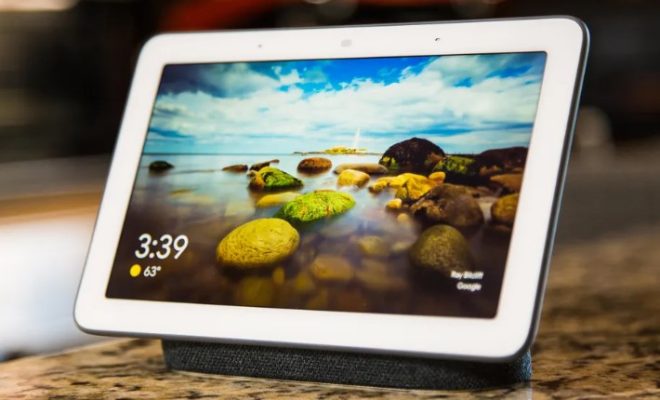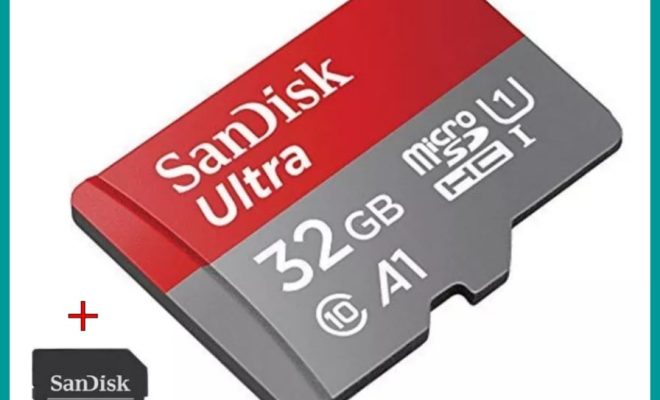What Is Ethernet Bridge?

Ethernet bridges are devices that enable the connection of two or more different Ethernet networks. An Ethernet bridge works by reading the destination address of each packet that comes through it, and forwarding it to the appropriate network. The bridge is often used to connect different devices in a local area network (LAN) or to connect networks in different locations.
What is an Ethernet Bridge?
An Ethernet bridge, also known as a network bridge, is a device that serves as a link between two different Ethernet networks. Ethernet bridges work by reading the MAC address of each packet that comes through it and forwarding it to the correct network. This way, Ethernet bridges can connect multiple local area networks (LANs), connecting different devices to each other.
Ethernet bridges essentially act as an invisible link between two otherwise separate LANs, allowing for communication between them. This communication between two separate networks can include the sharing of documents, data, and even voice and video calls.
Why Use an Ethernet Bridge?
Ethernet bridges have a number of uses. One common reason for using an Ethernet bridge is to connect two different departments in a company. In this scenario, the Ethernet bridge functions as a means for the two departments to communicate with each other, sharing important data and information.
Another use for an Ethernet bridge is connecting multiple buildings in a campus or office complex. By doing this, a company can connect its various buildings and departments together, creating a more efficient and streamlined network.
In addition, Ethernet bridges may also be used in residential settings, such as in a home office connecting a desktop to a wireless network. This provides a more robust connection than the often-unstable wireless signal.
How Does an Ethernet Bridge Work?
Ethernet bridges are designed to connect two or more different Ethernet networks, typically using RJ45 cables. When a device on one network attempts to communicate with a device on another network, the Ethernet bridge examines the destination MAC address of the packet being sent. If the destination MAC address is not local to the network the packet came from, the Ethernet bridge passes it onto the correct network.
This network bridging process can occur using a variety of different methods, including hardware or software-based solutions. For example, some Ethernet bridges may be implemented using a physical device, while others may be implemented using virtual or logical bridges.
Conclusion
Ethernet bridges provide an efficient way of connecting different Ethernet networks, enabling otherwise separated devices to communicate with each other. They serve as a valuable tool in many different settings, including business and residential applications. If you need a device to connect different networks together, an Ethernet bridge may be the perfect solution for you.






